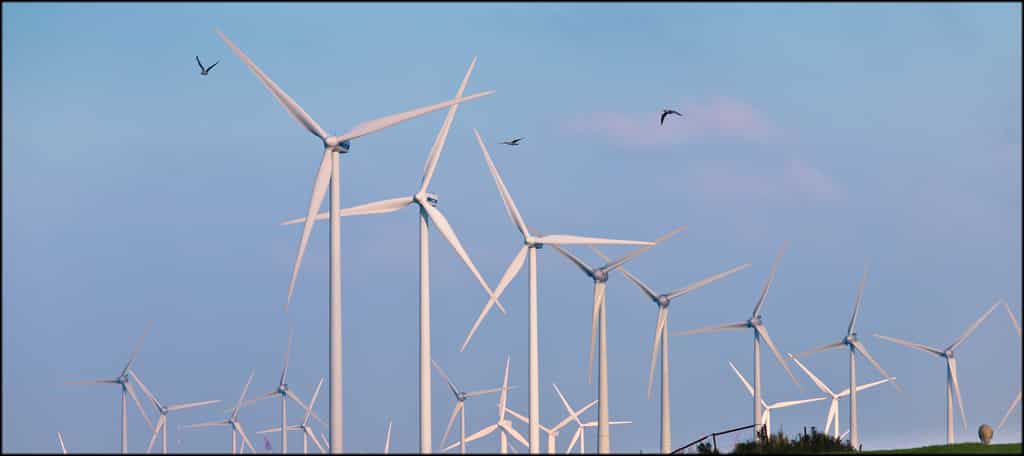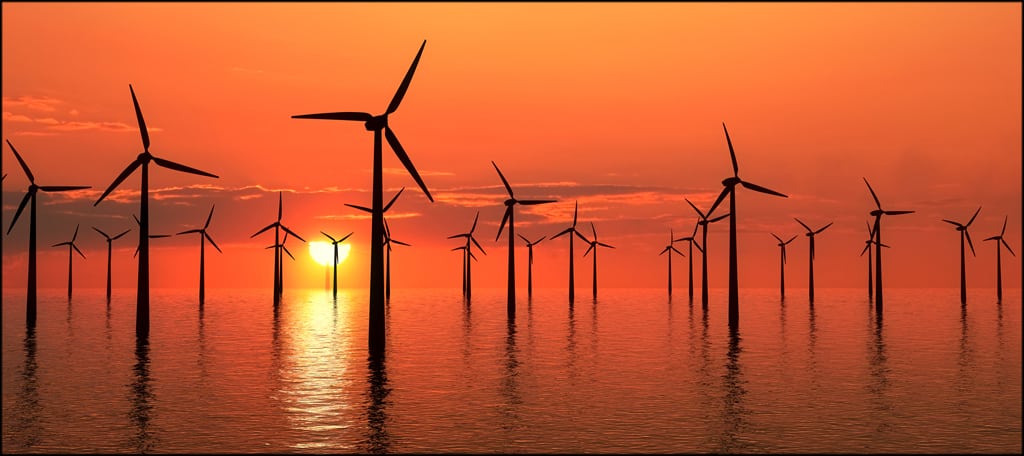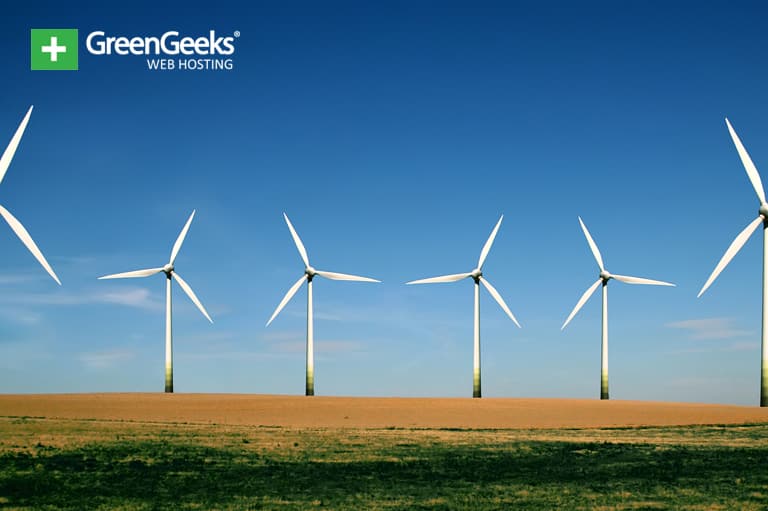Wind energy is one of the fastest-growing sources of energy around the world. In 2019, the United States added over 9,000 MW of wind energy, which is a 20% increase from 2018. And the rest of the world followed a similar trend.
However, while wind energy is growing rapidly around the world because of its ability to produce energy without emissions, it is not without its problems. Today, we will examine the pros and cons of wind energy.
Benefits of Wind Energy
The main reason wind energy is growing so rapidly is because of the enormous environmental benefits the energy source has.
Here are just a few of them:
1. No Emissions
The main reason wind energy is rapidly growing is that countries and businesses are pursuing lower-emission energy sources. And it doesn’t get any lower than zero. In fact, wind energy just doesn’t generate any form of air pollution.
To meet the climate goals set by the Paris Agreement, nations need to adopt energy that does not produce emissions. And wind energy is definitely one way to do it.
2. Renewable Energy Source
There is no shortage of wind, and as such, we never have to worry about running out of it. In fact, as long as the Earth is suitable for living on, we will never run out of wind since it is a natural phenomenon.
3. Cheap
Unlike traditional fossil fuel power plants that rely on purchasing fuel to burn, the wind is completely free. As such, the operational costs of wind energy are extremely low.
Once the turbine is built, you’re ready to reap the benefits of cheap energy.
4. Land Owners Can Reap the Benefits
If you own a lot of land, you can rent out that land and allow a wind turbine to be built. This is a huge source of income for farmers who allow wind turbines to be built throughout the farm.
They allow farmers to earn income from the turbine, while also not taking up much space, which allows them to continue farming or otherwise using the land.
5. Constantly innovating
Wind turbines have been rapidly growing for decades, and over this period of time, they have been redesigned and improved upon multiple times. Thanks to this, they now come in a variety of sizes that allow them to be used around the world.
Disadvantages of Wind Energy
While wind energy is typically hailed for its usefulness in the fight against climate change, it doesn’t mean it is perfect. On the contrary, wind energy has many flaws.
1. A Threat to Birds

Wind turbines are built where the wind is the strongest. This happens to be a huge problem for birds who fly with the wind. In just the United States, over 573,000 birds are killed every year from colliding with a wind turbine.
That number is well over a million on a global scale.
However, the problem with wind turbines goes even further than its location. Birds do not look forward when flying, instead, they look down, trying to pick out their next prey. When they are not looking down they are looking for a place to set a nest, and wouldn’t you know it, wind turbines check that box as well.
But to put this into perspective, buildings alone kill a median of 599 million birds each year just in the United States. This includes everything from houses to high-rise buildings as birds often fly into them at full speed.
2. Not Reliable
While wind energy has gotten more reliable as it rises to the top of renewable energy sources, it still struggles in this area.
To put it simply, if the wind is not strong and the turbine does not spin, there is no energy produced. In reality, wind turbines almost never run at full efficiency because of the lack of wind.
3. Noise Pollution
Wind turbines are really loud. On average, they produce a sound that ranges from 50 to 60 decibels over a distance of 500 meters.
To put this into perspective, this is similar to an air conditioning unit, but in a far bigger range. This is a factor in why wind turbines are built in rural areas or offshore. They will have a lower impact on humans that way.
4. Can’t Be Built Anywhere

Wind turbines need wind, otherwise, they are useless. Thus, they are only constructed in areas that have enough wind to turn the turbines consistently.
As a result, this type of energy can only be used in specific locations around the world. Although, offshore wind has made it more viable for most nations.
5. Area’s Must Be Cleared For Construction
While the environmental benefits of wind energy are typically praised, that is only in regards to zero emissions. In reality, turbines that are set up on land are done so in relatively remote locations.
As such, trees must be chopped down and wilderness vanishes. While wind turbines are better than fossil fuel, they are not without their environmental impacts.
However, in more remote areas, the land is often sparse to the point where cultivating the land is nothing more than just clearing dead sagebrush for the platform. You’ll see this in many areas of the midwest US where trees and wildlife are not impacted.
It’s Wind Energy Is Still a Viable Source of Power
When compared to other forms of generating electricity, wind is more ideal than most. Having no fuel to purchase and zero emissions makes it an affordable and safe way to generate power.
Even with its flaws, it’s among the best methods for meeting climate change demands and keeping the plant from burning down.


